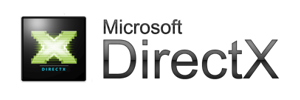Microsoft has created many amazing technologies over the years. One of their most impressive works is DirectX, an API that allows developers to create high-performance multimedia software. DirectX is a proprietary technology, so despite being developed by Microsoft, other software developers can’t use or modify it. But there are many similar technologies available.
Mantle
Mantle was created by AMD to compete with DirectX. AMD wanted to make a more powerful API, so they decided to create Mantle and integrate it into their graphics cards. The difference is that Mantle is a royalty-free, low-level API that allows developers to write their own code. This allows for much more control over the graphics card and to create better graphics and more realistic graphics effects.
Vulkan
Vulkan is a new open-source graphics API created by Khronos Group. Its name means “a three-dimensional image”, in Latin. This new API was developed as an alternative to Mantle but also to OpenGL, which has been a standard for game graphics for almost 25 years. The main difference between Vulkan and DirectX is that Mantle is designed to be very similar to DirectX, while Vulkan is completely new and different in every way.
Vulkan is a low-overhead, cross-platform 3D graphics and computing API. It is a modern, low-level API that gives developers more control over GPU resources than ever before. It also provides some performance advantages over DirectX 11. Vulkan is supported by many major players, such as Valve and Unity, as well as driver vendors like NVIDIA and AMD.
OpenGL
OpenGL is a standard graphics API developed by Khronos Group. Khronos Group is a non-profit organization that creates industry standards and APIs. OpenGL is used to create 2D and 3D graphics, and it is the standard API for 3D games.
OpenGL is used in all major operating systems, and it is used by many graphics cards and hardware graphics accelerators. It is also used in CAD and CAM software, as well as in other applications.
Allegro
Allegro is a free (GPL) library for cross-platform game programming. It comes with a simple game-loop abstraction and support for 3D graphics. Allegro is written in C but has bindings for other languages. It is compatible with Visual C++, Borland C++, and GCC, making it easy to integrate into existing projects.
Allegro is an excellent alternative to DirectX. The library's simplicity and small size (it's only 180K) make it a good candidate for games that need to be small in size.
Allegro has been around for a long time (1986) and is widely used by hobbyists and commercial game developers alike. The official website has a wealth of information and support available, including a wiki and an active forum. In addition to the standard library, many third-party plugins are available.
CrossBrowdy
The CrossBrowdy project is very interesting because it allows you to create your own shaders for use in your games. All you need to do is to write the code for the shader. This all comes as part of the CrossBrowdy project which is all free and open source. It also has a series of tutorials to write your own shaders and even explain how shaders work.
CrossBrowdy allows you to create shaders for all the popular graphics APIs on Windows, Linux, OSX, and even Android. You can even create shaders for some less common APIs like PowerVR, OpenGL ES, and even WebGL.
Conclusion
Alternatives to DirectX have been around for a long time, but Direct3D and DirectX have always been synonymous with PC gaming. As such, a lot of gamers have little experience with these alternatives. But just because you don’t use them now doesn’t mean you never will.
I hope you found a good alternative to DirectX. If you know of a better alternative please leave a comment below. Also if you have any questions, leave a comment below.
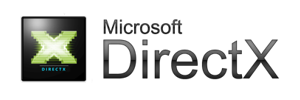
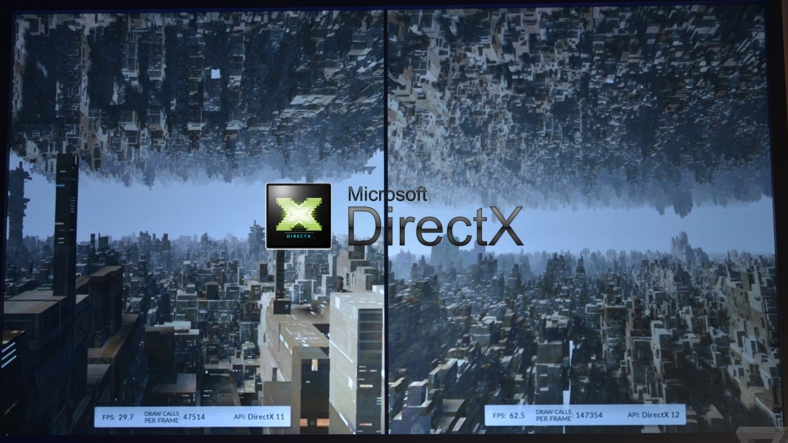
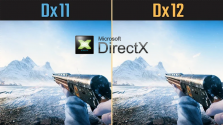
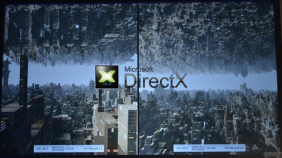 Best Alternatives to DirectX
Best Alternatives to DirectX
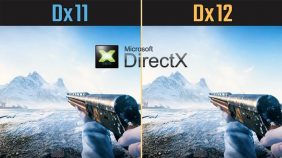 10 Facts About DirectX
10 Facts About DirectX
